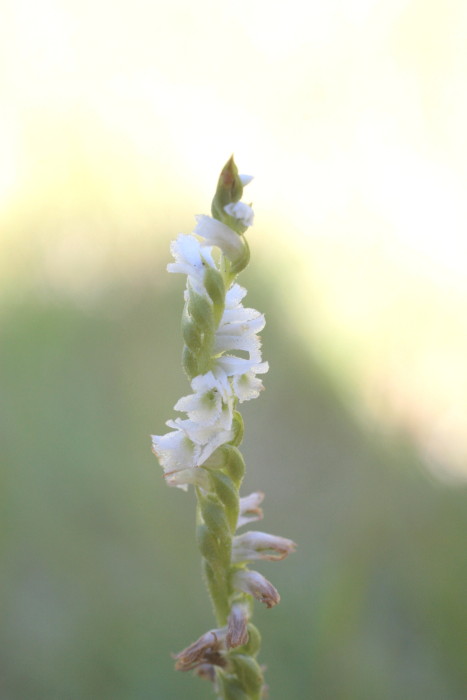
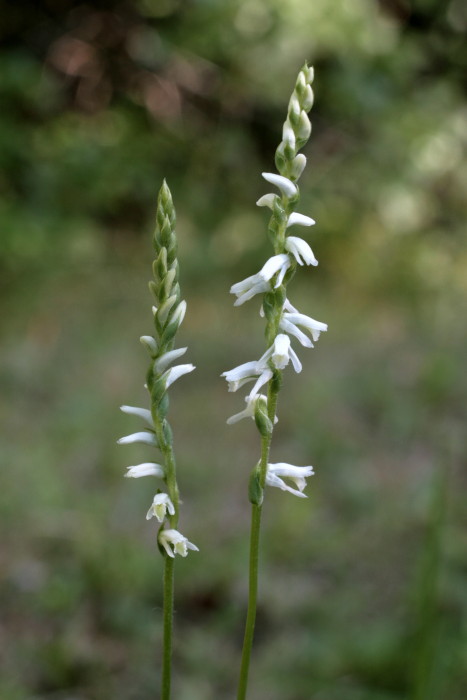
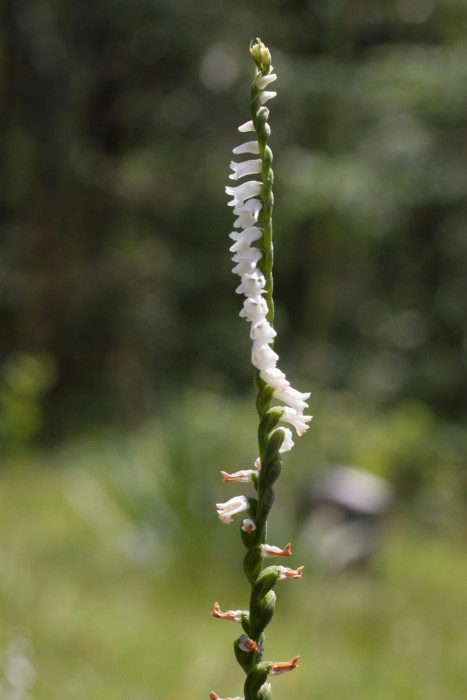
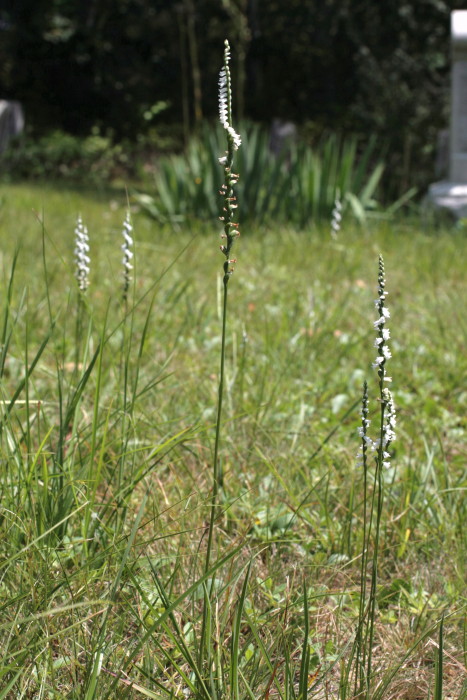
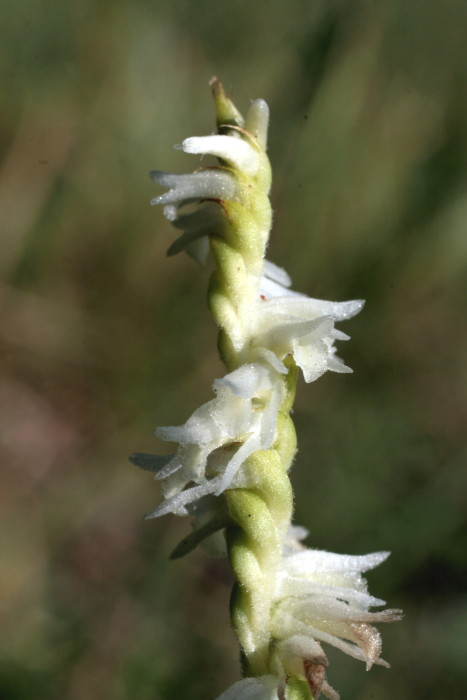
My thoughts on identifying these as hybrids are based on the following observations: Spiranthes lacera var. gracilis is often larger than the other species, has flowers that are spaced a little apart on the stem, and have green lips with somewhat ragged-edged lips. Spiranthes vernalis often has yellowish stems with flowers that have yellow markings on the lip. Spiranthes tuberosa is often very short in comparison, has pure white crystalline flowers that have somewhat rounded lips and are often closely crowded together on the stem. If I see a plant that is tall, but has pure white flowers crowded together, It likely could be a gracilis x tuberosa hybrid. If it has a yellowish lip plus yellowish stem but has other different structure then it is likely a vernalis hybrid. If it has very thin, wiry stems and flowers crowded together that are pure white, it could indicate that it is a tuberosa hybrid. These are just my observations from seeing a few populations in three states and should viewed with skepticism until you are able to make your own observations in the field and compare your notes with those of well-known native orchid notaries who have established a track record of having studied many species and can tell reliably from visual traits which species may make up the background of any possible hybrid. Spiranthes are very variable when it comes to what is recognized as a certain 'species' as opposed to other species or possible natural hybrids, so it is possible to have somewhat different-looking plants and/or flowers that are still classified as species, or the same species.